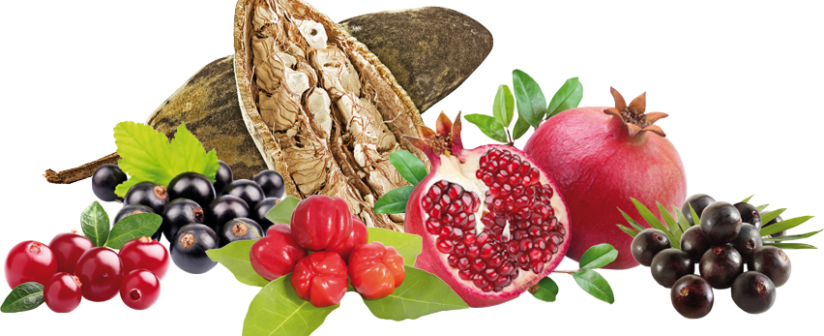What Are Super fruits?
Super fruits aren’t literally heroic fruits that wear capes and save the city from evil villains on a daily basis — they may not even be metaphorical superheroes. A super fruit is essentially any fruit with a lot of antioxidants, but more than 200,000 studies have been conducted on the health benefits of antioxidants since the 1940s and yet it’s still unclear exactly how the antioxidants, which earned a group of expensive fruits the “super” label, benefits our health.
The word “super fruit” is mainly a marketing term — it doesn’t have an official definition under any government food authorities. Antioxidants, superfruits’ allegedly miracle ingredient, are vitamins like C and E that are supposed to rid our bodies of potentially harmful oxidized agents.
What Fruits Are Considered To Be Super fruits?
Used since thousands of years in traditional Chinese medicine, Tibetan and African, super fruits are an exceptional natural concentrate of antioxidants, vitamins, minerals and trace elements.
- Rich in antioxidants they cleanse the body of all toxins.
- Rich in vitamin C (ascorbic acid) they have anti-fatigue properties, energizing and their action strengthens the immune system.
- Rich in minerals, including calcium, are essential to the balance of the muscular system and help fight against fatigue and stress.
- Rich in essential fatty acids (omega), they participate in the proper functioning of the cardiovascular system.
Who are they?
- Strawberries provide vitamin C, antioxidants and folic acid and are one of the lowest-glycaemic foods out there.
- Raspberries are high in fibre (eight grams per cup), antioxidants and elegiac acid, which is a phytochemical with cancer-prevention properties.
- Blueberries are also high in antioxidants and, like most berries, are lower in carbs and calories than other types of fruit. Blueberries also aid in healthy memory function.
- Cherries are a good source of vitamin C and fiber, but they stand out in the nutrition arena because they contain the anti-inflammatory antioxidant anthocyanin, which is the source of its deep-red color. Studies show that they also help to lower triglycerides and cholesterol and are a great anti-inflammatory, good for reducing arthritis, gout, inflammation and pain.
- Apples are a great fiber source and contain quercetin, an antioxidant that packs antihistamine and anti-inflammatory power
- Kiwi has recently been lauded for helping digestive issues. The small black seeds contain insoluble fiber, aiding in regularity and digestion, while the green pulp is a source of soluble and prebiotic fiber. It can also help with weight loss by providing the feeling of fullness that comes with eating fiber.
- Acai is a South American fruit that is high in antioxidants that help defend the body against free radicals. Acai has been touted to treat weight loss, aging, arthritis, inflammation, heart disease and cancer.
- Watermelon contains about 40 calories per cup and packs a punch of vitamins C and A, as well as lycopene, an antioxidant that is responsible for the red color in many fruits and vegetables.
- Papaya contains papain, a digestive enzyme that promotes a faster transit of food through your body. It’s also a rich source of carotenes, vitamin C and flavonoids.
- Plums (and prunes) help with digestive regularity. They also contain an antioxidant called chlorogenic acid, a phenol that has anticancer and antioxidant effects.
Each of these fruits contains its own mix of vitamins, minerals, phytonutrients and antioxidants, so the best thing would be to include a variety in your summer diet. And remember, as an added bonus, eating local fruits in season reduces your carbon footprint, so don’t forget to shop at your local farmers market.


